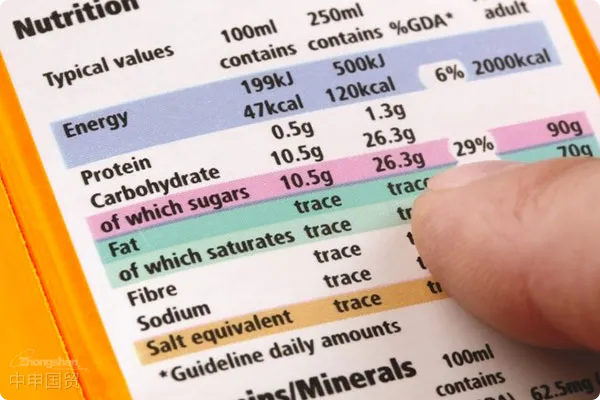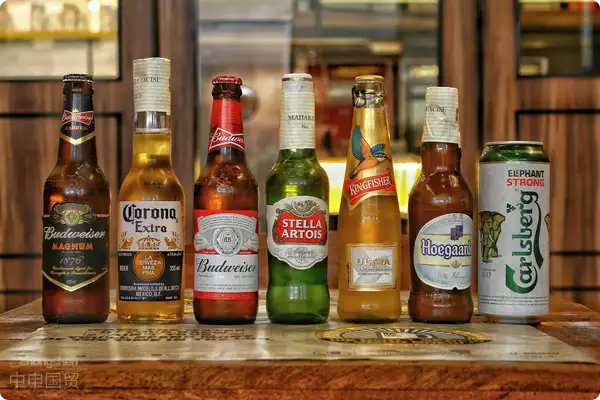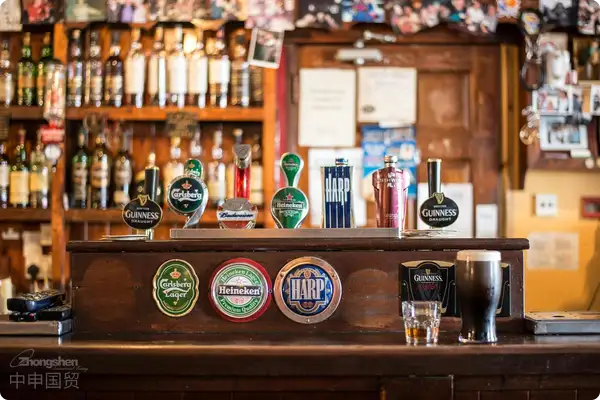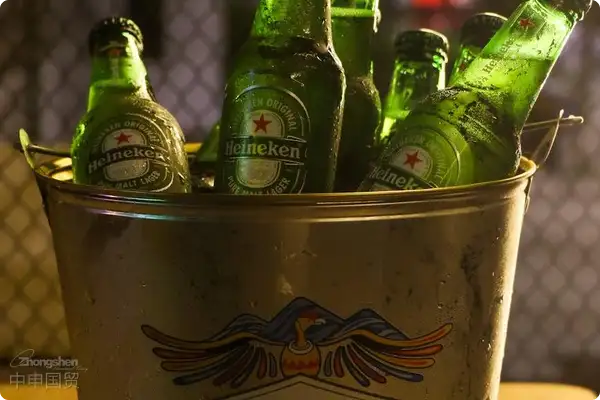- Shanghai Zhongshen International Trade Co., Ltd. - Two decades of trade agency expertise.
- Service Hotline: 139 1787 2118
Understanding and complying with the food labeling regulations of the target market is crucial for export enterprises. For enterprises planning to export food to Southeast Asian countries, mastering the food labeling regulations of each country is the key to their successful entry into these markets. The following is a detailed explanation of the food labeling regulations of four Southeast Asian countries: Thailand, Singapore, Indonesia, and Vietnam.

Thailand Food Labeling Regulations
In Thailand, the labels of imported and domestic prepackaged foods must comply with the labeling regulations of the Thai Ministry of Public Health. According to these requirements, the labels of prepackaged foods must be in Thai and contain the following information:
Food Name: Clearly label the name of the food.
Producer Information: Include the name and address of the producer. For imported foods, the country of origin should also be indicated.
Net Content: Indicate the net weight or net volume.
Ingredient List: List all ingredients, especially added colorants, and indicate whether they are natural or artificial colorants.
Date Marking: Include relevant information such as the production date and expiration date.
Singapore Food Labeling Regulations
Singapores food labeling requirements follow the Food Regulations and the Food Labeling and Advertising Guidelines. All prepackaged foods sold in Singapore must be accompanied by an English - language label and indicate the following mandatory information:
Food Name or Description: Describe the food in detail.
Ingredient List: List all ingredients.
Net Content: Clearly indicate the net content of the food.
Producer/Packager or Supplier Information: Include the name and address.
Country of Origin: For imported foods, the country of origin needs to be indicated.
It is worth noting that although the regulations do not specifically specify the placement of label information, all information must be clear, error - free, and not covered by other content.
Indonesia Food Labeling Regulations
In Indonesia, according to the Regulations on the Registration of Processed Foods, the labels of processed foods on the market must meet safety, quality, and nutritional requirements and be consistent with the label sample submitted during registration. The specific requirements are as follows:
Language Requirement: The label must be in Indonesian.
Product Name, Ingredient List, Net Weight or Net Content: Clearly label the basic information.
Producer or Importer Information: Include the name and address.
Halal Mark: For products that require halal certification, the halal certification needs to be marked.
Production Date, Batch Number, Shelf Life: Product production and validity period information.
6、Circulation Permit Number: The official product permit number.
7、Description of Specific Raw Material Sources: Such as from pork, genetically modified, etc.
8、Nutrition Facts: Indicates the nutritional value of the product.
9、Product QR Code: For convenient information querying.
10、Information Required by Other Regulations: If there are additional requirements, they must be followed.
Vietnam Food Labeling Regulations
Vietnams Commodity Labeling Regulations came into effect on June 1, 2017. These regulations apply to all goods circulating in the Vietnamese market, whether they are domestically produced in Vietnam or imported products. Therefore, food exported to Vietnam must comply with these labeling requirements.
In general, when exporting food to Southeast Asian countries, enterprises must carefully study and comply with the food labeling regulations of each country. These regulations not only cover the content on the label, but also aspects such as the language used, the layout and design of the label. Complying with these regulations helps enterprises smoothly enter the target market and reduce potential legal risks and economic losses.
Related Recommendations
Category case
Contact Us
Email: service@sh-zhongshen.com
Related Recommendations
Contact via WeChat

? 2025. All Rights Reserved. 滬ICP備2023007705號(hào)-2  PSB Record: Shanghai No.31011502009912
PSB Record: Shanghai No.31011502009912









